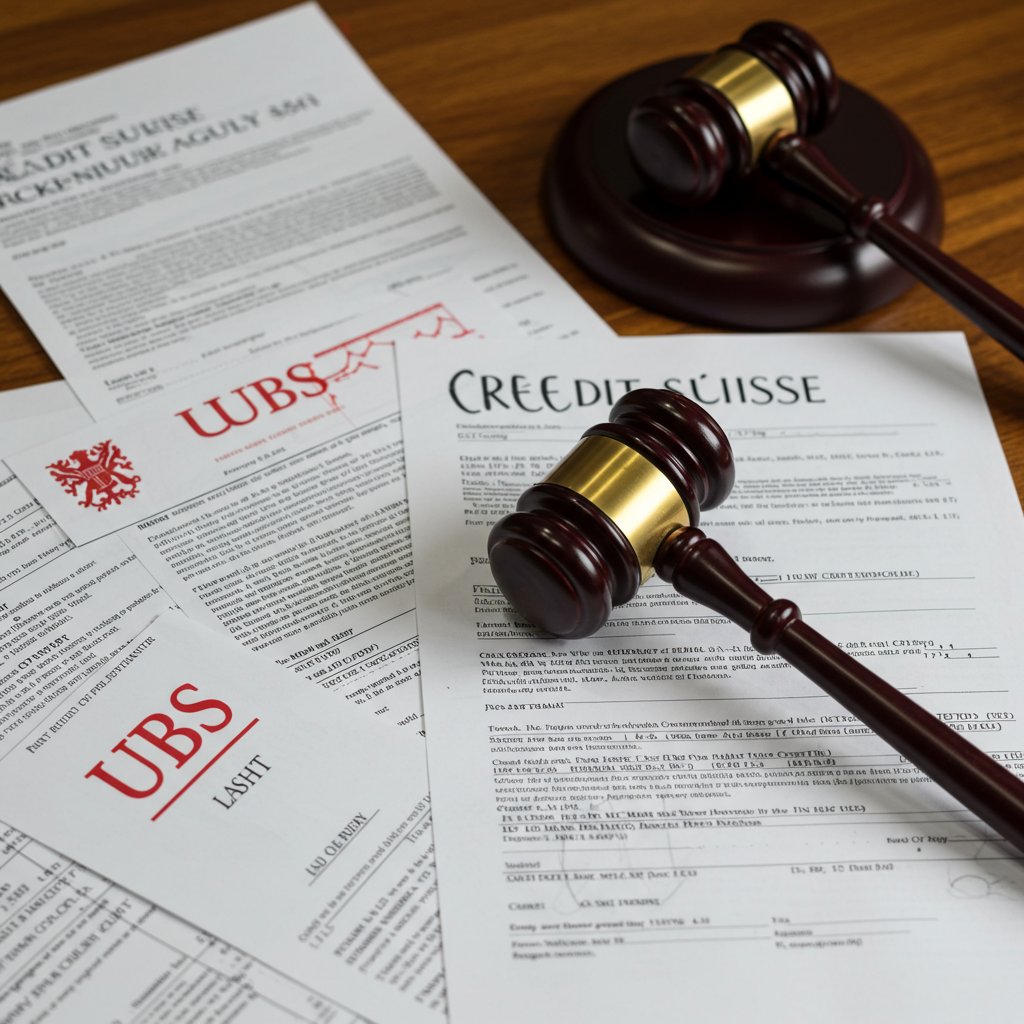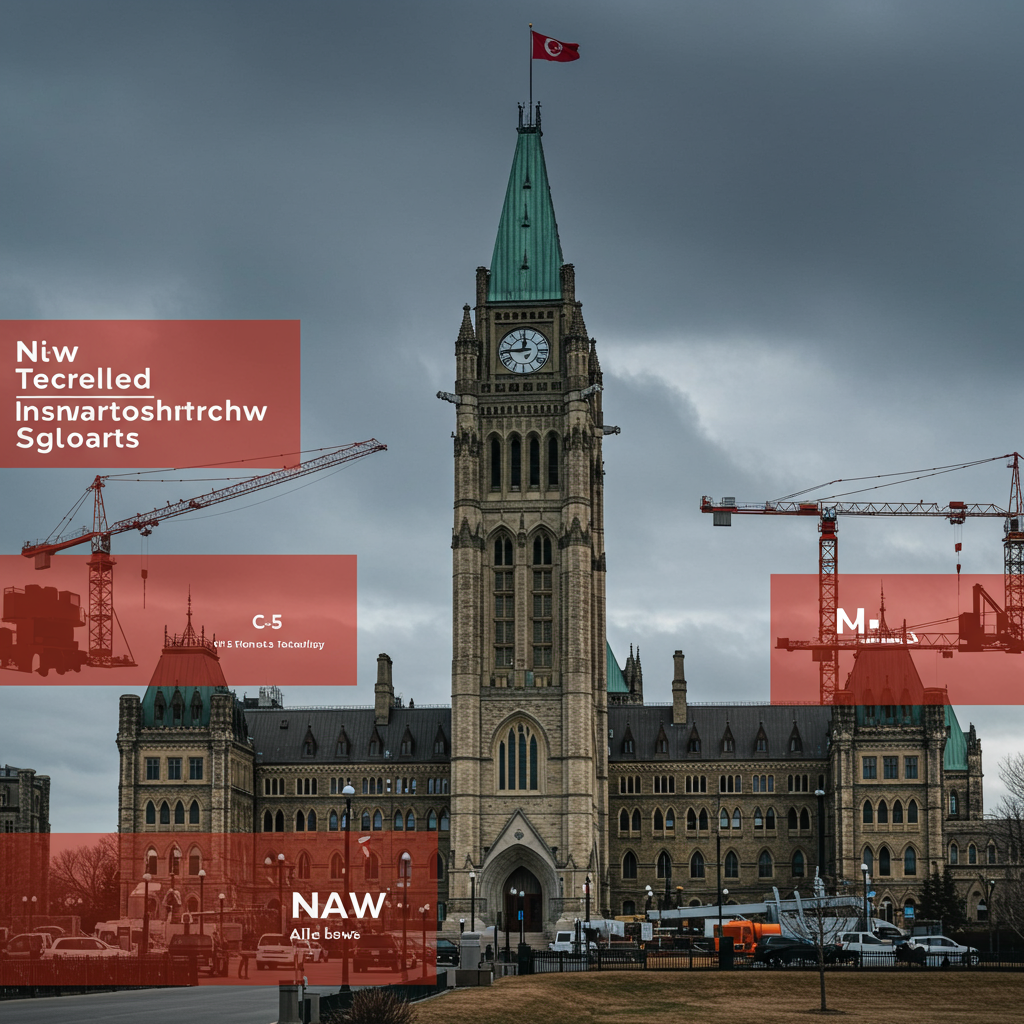US investors have won a significant court battle, clearing the way for lawsuits against UBS over the spectacular collapse of credit Suisse. A federal judge in Manhattan ruled that UBS must face claims that Credit Suisse misled investors about its financial health before its emergency rescue in March 2023. This decision marks a crucial step for bondholders and shareholders seeking to recover losses tied to the dramatic events surrounding the bank’s downfall.
The ruling permits two separate groups of US investors to proceed with their cases. They allege Credit Suisse made false and misleading statements about its true financial condition. This alleged deception occurred before the Swiss government orchestrated a rescue acquisition by UBS, a deal that saw certain bond values wiped out while equity holders received a payout. The lawsuits center on whether the alleged fraud contributed to the losses suffered by investors in the lead-up to and during the crisis.
Credit Suisse’s Dramatic Collapse and the Rescue
Credit Suisse, once a global banking giant, faced years of scandals and financial losses. By early 2023, market confidence plummeted. Concerns grew rapidly about its stability. Swiss regulators feared a wider financial crisis. They brokered an emergency acquisition by rival UBS.
The deal valued Credit Suisse at $3 billion. This was significantly below its market price before the crisis. As part of the rescue, the Swiss financial regulator FINMA took extraordinary action. It ordered the complete write-down of approximately 16 billion Swiss francs (around $20 billion at the time) of Credit Suisse’s Additional Tier 1 (AT1) bonds. This move shocked global markets. It angered bondholders who believed their investments ranked higher than shares in the capital structure.
Investor Allegations Take Center Stage
Investors quickly filed lawsuits seeking accountability for their losses. The core of their claims rests on allegations of fraud. They contend Credit Suisse and its leadership hid the true extent of its financial problems. These problems, they argue, made the bank appear healthier than it was. Investors who bought Credit Suisse securities based on these allegedly false statements suffered significant harm when the bank collapsed and UBS acquired it.
The lawsuits name UBS as a defendant because it acquired Credit Suisse and its liabilities. Several former Credit Suisse executives are also defendants. These include former CEO Ulrich Koerner, former Chairman Axel Lehmann, and former CFO Dixit Joshi. They face accusations related to the alleged misleading statements made during their tenures.
Judge McMahon’s Pivotal Ruling
U.S. District Judge Colleen McMahon oversaw the cases in Manhattan federal court. She considered requests from the defendants to dismiss the lawsuits entirely. The defendants argued that the losses were caused by the FINMA-ordered write-down, not by any alleged misstatements. This legal argument is common in securities fraud cases. It attempts to break the link between the alleged fraud and the investor’s loss.
However, Judge McMahon rejected this argument. She issued a ruling allowing two distinct investor groups to pursue their claims. This decision is a major win for the plaintiffs. It means the cases will move forward into the discovery phase. This phase involves exchanging evidence and potentially taking depositions.
Two Separate Lawsuits Proceed
Judge McMahon specifically addressed two separate actions filed by US investors. She allowed Core Capital Partners’ lawsuit to proceed. This case represents US purchasers of Credit Suisse AT1 bonds. These are the bonds that FINMA ordered to be written down to zero.
She also allowed a second separate lawsuit to move forward as a class action. This case represents US purchasers of Credit Suisse’s American depositary shares (ADSs). It also includes holders of several other bond issues. Judge McMahon had previously declined to dismiss this specific lawsuit back in September.
Significantly, the judge chose not to combine these two lawsuits. This decision followed an accusation by Core Capital. They claimed the lead plaintiff in the second case had effectively abandoned the AT1 bondholders’ interests. Keeping the cases separate allows each group to focus on the specific impacts on their security types.
The Significance of the AT1 Bond Decision
The ruling on the AT1 bondholders is particularly noteworthy. These bonds are designed to absorb losses in times of stress. They typically rank above common equity in a bank’s capital structure. The FINMA decision to wipe them out completely while giving shareholders a payout was unprecedented and highly controversial.
Defendants argued the regulatory action was the sole cause of the AT1 bondholders’ losses. Judge McMahon disagreed. She found it “plausible” that the disclosures of the defendants’ alleged fraud could have caused the value of the AT1 bonds to decline. This decline, she reasoned, “ultimately culminat[ed] in the eventual write-down.” This legal finding is crucial. It suggests the judge sees a potential causal chain linking the alleged misstatements to the eventual zero value of the bonds. This perspective challenges the defense’s attempt to isolate the regulatory order as the single cause of harm.
Context: Distinguishing Valid Claims
This success for the fraud-based lawsuits contrasts with the fate of other claims. Judge McMahon dismissed a separate, unrelated lawsuit against Credit Suisse in February 2024. That case blamed two decades of “continuous mismanagement” for the bank’s collapse. This highlights the court’s focus. Judges are more likely to allow cases based on specific allegations of fraudulent statements rather than broader claims about general poor management over a long period. The current cases survived because they allege specific misrepresentations directly tied to the bank’s reported financial health before its demise.
Moving forward, UBS and the other defendants will have to formally respond to the allegations in court. The lawsuits will then enter discovery. This phase can involve lengthy evidence gathering and witness questioning. It is not uncommon for complex securities litigation like this to take several years to resolve. The outcome could have significant implications for how banks disclose information and how regulators handle future crises involving distressed financial institutions.
Frequently Asked Questions
What are the core allegations in the UBS/Credit Suisse investor lawsuits?
The lawsuits allege that Credit Suisse, before its collapse and acquisition by UBS in March 2023, made false and misleading statements about its financial condition. Investors claim they suffered losses because they purchased Credit Suisse securities based on these inaccurate representations. They argue this alleged fraud contributed to the decline in value of their investments, culminating in the events of the bank’s rescue and the resulting losses.
Which specific investor groups and securities are involved in the US lawsuits against UBS?
Two main groups of US investors are involved, suing separately. One lawsuit is brought by Core Capital Partners on behalf of US purchasers of Credit Suisse’s Additional Tier 1 (AT1) bonds. The second lawsuit is a class action representing US purchasers of Credit Suisse’s American depositary shares (ADSs) and holders of several other Credit Suisse bond issues.
Why did the US judge allow these investor lawsuits against UBS to proceed despite the regulatory write-down?
The defendants argued the Swiss regulator FINMA’s order to write down Credit Suisse’s AT1 bonds to zero was the sole cause of the bondholders’ losses, not any alleged fraud. However, U.S. District Judge Colleen McMahon rejected this argument. She found it “plausible” that the alleged fraudulent disclosures could have caused the bond value to decline, a process that “ultimately culminat[ed]” in the final write-down. She determined the plaintiffs had sufficiently alleged a connection between the alleged fraud and the losses, allowing the cases to move forward.
Conclusion
A significant legal hurdle has been cleared for US investors suing UBS over Credit Suisse’s demise. Judge Colleen McMahon’s decision means UBS must defend against claims that Credit Suisse misled investors about its financial health. The ruling is particularly important for AT1 bondholders, as the judge accepted the possibility that alleged fraud contributed to their losses, even if the final write-down was a regulatory act. These complex lawsuits, involving substantial sums and serious allegations, are now set to proceed, promising a lengthy legal battle ahead for UBS and the former Credit Suisse executives involved.




